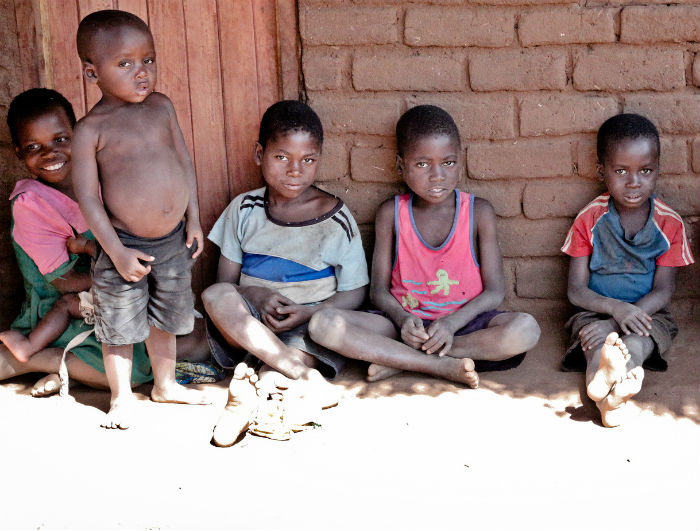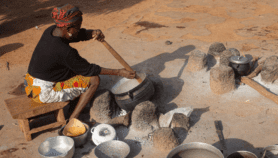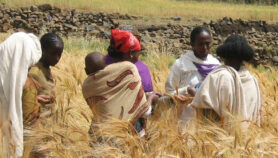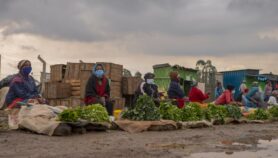By: Paula Park
Send to a friend
The details you provide on this page will not be used to send unsolicited email, and will not be sold to a 3rd party. See privacy policy.
Having healthy gut bacteria could reduce or even prevent stunting in undernourished children, researchers have found.
As part of the study, a team of scientists divided laboratory mice into two groups, which were given the gut bacteria of healthy or malnourished Malawian children. The mice given the healthy biota, the mix of gut bacteria, suffered less from reduced food intake than their counterparts with biota from malnourished children — and showed no signs of stunting.
This was because the gut biota of malnourished children was underdeveloped, compared with that in healthy kids, the researchers say. The work was published last week (19 February) in two papers in Science.
“Just providing nutritious foods for children with an unfavourable microbiota might not be enough to ensure optimal growth and development,” says Frank Wieringa, the head of research for the French Research Institute for Development’s Nutripass programme in Cambodia. “This underlines the importance of considering the complete diet, and not only single nutrients.”
The scientists also found that, if the two groups of mice were housed in the same cage, the healthy biota from one group of mice would invade the guts of the mice with the malnourished biota, resulting in weight gain in both groups.
The tests were undertaken at the Washtington University in St. Louis, United States and Lyon University in France. The Lyon researchers showed that one type of bacteria, Lactobacillus plantarum, was particularly good at spurring growth and limiting stunting in the mice.
“The main question we address is: do the microbes contribute to the growth and development of animals?” says François Leulier, an author of the Lyon study.
Honorine Ward, a biomedical scientist at Tufts University in the United States, says the study shows the possibility of using specific bacteria to prevent childhood stunting.
“But we are a long way from recommending that malnourished children be treated with Lactobacillus plantarum,” she says.
Ward says other factors affect stunting, such as gut infections and inflammation, as well as a lack of access to clean water and sanitation.
References
Martin Schwarzer and others Lactobacillus plantarum strain maintains growth of infant mice during chronic undernutrition (Science, 19 February 2016)
Laura V. Blanton and others Gut bacteria that prevent growth impairments transmitted by microbiota from malnourished children (Science, 19 February 2016)














